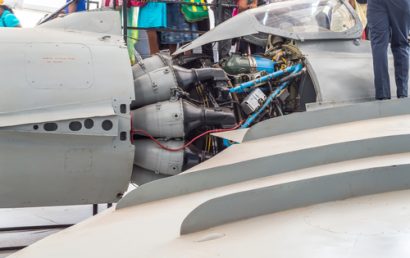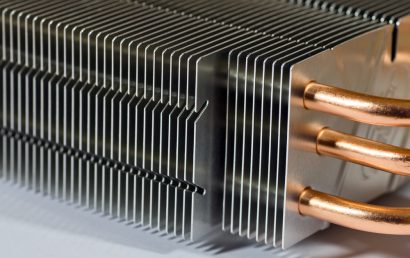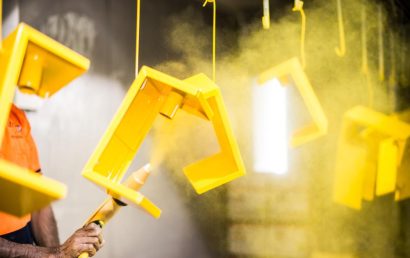Thermal Spray Used To Preserve Art and Architecture
Thermal spray is nothing new. For decades, it has been used in various industries on a wide array of products, parts, etc. A little newer, however, is its use by architects and artists. In fact, for some 80 years now, it has become an important factor.
What Is Thermal Spray?
The process of thermal spray involves plastics, ceramics, and metals (originating as wires or fine powders) being heated to their melting point by combustion flame, plasma, or electric arc, and then sprayed onto a surface. The resultant “skin”, once applied, can be burnished, polished, or ground. As a final step, it can be left well enough alone or sealed with a patina finish.
A New Medium
Thermal spray techniques offer not only a protective coating but, in the architecture and art industries, are being used for creative expression by providing an exciting new medium. Economically, artisans are enabled to create durable finishes and shapes through thermal spray. This offers unlimited opportunities for inspiration and discovery.
For example:
- For a conservator – Time and decay will ravage architecture and art. But a durable preservative is offered by thermal spray.
- In sculpture – Using thermal spray means that, for the casting house to do its job, there is no more wait time. Minimum, quick set up time is a real bonus here.
The Conservation of Architecture and Art
Let’s take a look at how thermals spray is helping in the conservation and creation of architecture and art:
The Endless Column – This 98-foot sculpture by Constantine Brancusi is located in Romania. It was built to honor World War I defenders who have died and is part of a group. At ground level, it begins with an elongated module. On top of that are 15 1/2 rhomboid shaped, identical modules.
The elements of this cast-iron, original art piece were created with a brass coating that was thermal sprayed over cast iron. Due to the unique environmental conditions surrounding this piece, a better exterior coating may have been bronze, however. Core rust appeared over the years and, during the 60s and 70s, the coating was ineffectively repaired. Finally, the column was disassembled in 2000 (a delay was experienced because of politics and the sculpture’s extensive size). The column was reassembled only after a new thermal spray coating.
Metallizing canvas – Rather than mediums like acrylics, watercolors, or wood sculpture, thermal spray is (as suggested above) being used as a new medium. Using a gun similar to that used on the Apollo spacecraft, a canvas is sprayed with a hot metal. The artist wears protective clothing (a mask, hood, and overalls) while, onto the canvas, heated, highly pressurized metal erupts from the gun and splashes down. The process is called “metallizing canvas”.
The Bronze Seed – Executed by Bauer Art Metal and made by Kathryn Lipke-Vigessa this piece is part of Life Cycle (an environmental sculpture/garden installation). It consists of three broken off pieces of what was (in theory) once a large bronze seed. To solidify its shape and as part of its construction, sections of the structures were zinc thermal sprayed. Later in the process, silicon bronze was thermal sprayed. This final coating was polished and treated with chemical patina.
The A & A Coatings company is involved in numerous industries, providing thermal spray protective coatings for any number of parts, products, machinery, and various surfaces. Contact us today to see what thermal spray coatings can do for you.



